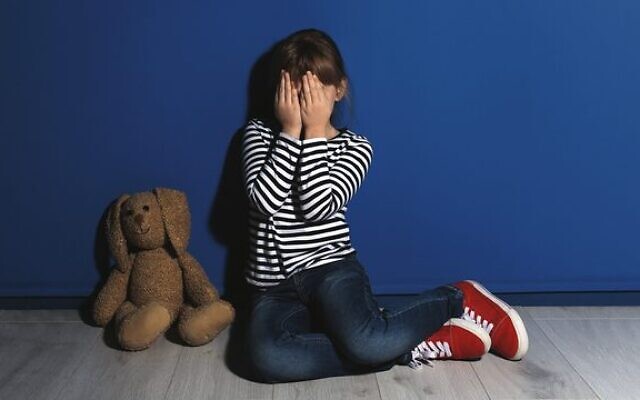Ensuring our kids are safe at shule
Call to action for Child Protection Week.
National Child Protection Week is a campaign, raising awareness about child abuse prevention. Maoz is a new safeguarding unit in the Jewish community. This Hebrew name translates as a fortress, a place of safety. Our objective is to call on all child inclusive organisations in the community, to plan how they may play their part to protect children in their care.
As the High Holy Days approach, we turn to synagogues, acknowledging the safeguarding responsibilities at this busy time of year. There are common themes in this article that can be adapted to other sectors.
The Hebrew for a synagogue is Beit Knesset, a place of gathering for communal prayer. A focus on child safety in our synagogues becomes especially relevant as the High Holy Days approach.
There are many ways synagogues can play their part to promote the safety and wellbeing of our children.
Synagogues have legal requirements to comply with state legislation to safeguard their children. The Child Safe Standards (Vic, NSW, WA, Qld) Child and Youth Safe Standards (Tas) provide the “safeguarding” structure, policies and procedures that organisations must undertake to promote children’s safety and wellbeing and prevent harm.
There are a wide variety of synagogues, and each has a role to play. We are familiar with the places of worship, the ones we attend all year round. Pop-up ventures have become commonplace today, and the pop-up synagogue has also filtered into the Jewish community. These pop-ups might be an overflow service, or in a hall, or in somebody’s private home. Some are an annual experience during the High Holy Days, and others are regular services, modelled on the old shtiebel. No matter the structure, once a synagogue welcomes children, they have safeguarding responsibilities.
Synagogue boards are compelled to develop and implement a child protection policy; a checklist of steps to protect children from harm. During the High Holy Days, synagogues welcome many families and children and often run children’s services or childcare facilities. The checklist must ensure that the organisation leadership has screening procedures to know who cares for children, their background, and an agreement to a code of conduct.
The abuse of children can take place in any setting. Unfortunately, some people who apply to work with children can pose a risk. Screening includes seeking a current Working with Children Check (Victoria, NSW, WA), Blue Card (Queensland) and Working with Vulnerable Cards (Tas). These checks are not foolproof and need to be accompanied by other screening mechanisms.
All adults and volunteers working with children should be interviewed and reference checked. The inclusion of child safety questions in an interview sends a strong message. It signals that the protection of children is a central consideration in their engagement with the synagogue. It may also act as a deterrent to persons unsuitable to work with children and young people.
The policy should also enable people who work with children to be aware of what constitutes child abuse. They should also know what to do if they are concerned about a child. Children will be better protected if safeguarding responsibilities are shared amongst the community.
Synagogues will often invite guest rabbis and volunteers from overseas for the High Holy Days. Screening is more complicated with international police checks, interviews, and reference-checking processes. Specialist guidance is recommended.
While checklists are a beginning, safeguarding culture will only come from strategies for proper implementation. Forming a child protection committee is an important starting point in establishing a safeguarding strategy. This committee is a central group of community members, tasked with safeguarding initiatives. Their duties might include policy updates, monitoring the risks of the synagogue’s physical space and offering resources and education initiatives to the board and the synagogue community.
Other strategies include mandatory training of board members and personnel. Itemising safeguarding on the agenda at every board meeting and regular awareness information in newsletters for the community are ways to further instil cultural change.
Maoz recognises the challenges of the turnover of volunteer lay leaders and the ongoing need for training of the next cohort. For this, we are developing an e-training safeguarding resource. We can offer this in conjunction with in-person safeguarding training for synagogues and other organisations.
Many have raised concerns that the pendulum has swung too far in this risk-averse environment. Ultimately, the child’s voice is the marker to ensure that they are and feel safe. This principle requires a balance of reasonable safeguards whilst supporting children to meaningfully engage in the synagogue environment.
Michelle Meyer is president of Maoz.
Maoz is an independent safeguarding organisation for the Jewish community. Its mission is to build the capacity of Jewish organisations to safeguard and protect children. Its work includes helping Jewish organisations develop and implement child protection policies and governance structures in accordance with the Child Safe Standards and National Principles for Child Safe Organisations. Contact: maozaus@gmail.com


comments